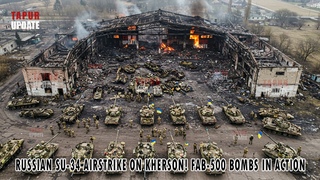What is impedance? (part 1) | Basics of EIS (E01) | Electrochemical Impedance Spectroscopy
We begin to answer the question, “What is impedance?“ by taking a closer look at the basic elements of an electrical circuit, the ohmic resistor and capacitor, and how they respond when constant or alternating voltages are applied.
Timestamps
00:00 Intro
00:03 Who we are
00:43 Introduction: Pertubation and response as general principle of electrochemical experiments
01:57 Lab experiment: Applying voltage steps to a resistor and a capacitor
04:31 Ohmic resistors, capacitors and how they respond to a voltage step
15:36 Current responses to an alternating voltage
24:43 Outro
24:55 Summary panel (Endcard)
This is the first video in our series ’Basics of EIS’, which we created to support the Electrochemical Impedance Spectroscopy lectures of the Master’s program in Chemistry and our research student interns at the Ruhr-University Bochum (RUB) in Germany.
Since getting started with EIS can be challenging, our goal is to make it accessible regardless of prior knowledge. We provide detailed explanations of the key terms and experimental examples to help viewers understand the concepts, fill in gaps, and promote connections within their knowledge maps. In this way, we hope to prepare our students and interested electrochemistry enthusiasts for more advanced topics in EIS, such as those covered in the Electrochemistry I and II courses at RUB.
#EIS #impedance #electrochemistry #education
written and presented by Sebastian Reinke and Julia Linnemann
filmed and edited by Christian Wunderle
Website:
Acknowledgements:
We are grateful for financial support from the Stiftung Mercator (project [e-Speicher]3, project ID 18023) and the Deutsche Forschungsgemeinschaft (DFG, German Research Foundation) under CRC 247 project-ID 388390466 (project A09). S.R. thanks the Deutsche Bundesstiftung Umwelt (DBU) for a doctoral scholarship. The videos were recorded at the “Center for Solvation Science ZEMOS” funded by the German Federal Ministry of Education and Research BMBF and by the Ministry of Culture and Research of North Rhine-Westphalia.























